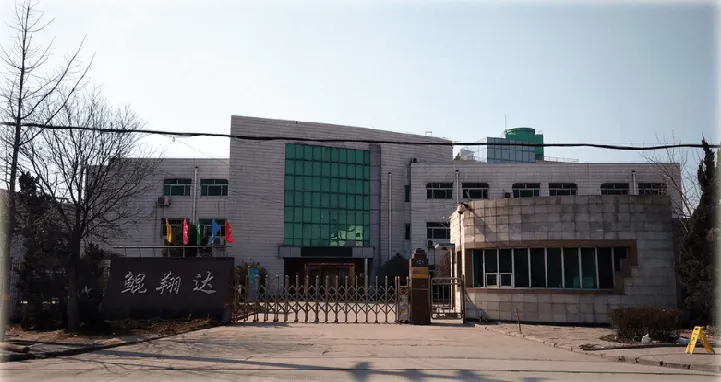Understanding Glyceryl Diacetate An Overview
Glyceryl diacetate, a derivative of glycerol, is a colorless, odorless liquid that serves a variety of applications across multiple industries. As a chemical compound, it consists of two acetyl groups attached to a glycerol backbone, leading to its classification as an ester. This versatile compound is gaining increasing attention due to its unique properties and potential uses.
Chemical Structure and Properties
Glyceryl diacetate's molecular formula is C7H14O5, and its structure features hydroxyl groups that contribute to hydrogen bonding, which in turn affects its solubility and reactivity. It is soluble in many organic solvents, making it an attractive substance for formulating various products. The esterification process that produces glyceryl diacetate involves the reaction of glycerol with acetic anhydride, resulting in a compound that is less hygroscopic than glycerol itself.
In terms of physical properties, glyceryl diacetate has a relatively low boiling point and high viscosity, which can influence its behavior in different applications. Its ability to serve as a solvent while also acting as a non-polar medium makes it valuable in formulations that require a balance between solubility and stability.
Applications in Different Industries
Glyceryl diacetate finds applications in several sectors, including personal care, pharmaceuticals, and food processing
.glyceryl diacetate

1. Personal Care Products In the cosmetic and personal care industry, glyceryl diacetate serves as an emollient, helping to improve the texture and feel of lotions, creams, and other skin care products. Its ability to provide a smooth, silky finish makes it a popular choice among formulators. Additionally, it enhances the stability of emulsions and can facilitate better absorption of active ingredients into the skin.
2. Pharmaceuticals The pharmaceutical industry benefits from glyceryl diacetate as a solvent and vehicle for drug delivery systems. Its compatibility with various active pharmaceutical ingredients (APIs) allows for improved bioavailability of medications, especially in formulations designed for oral or transdermal administration. The compound's non-toxic profile also encourages further research into its therapeutic potential and effectiveness in various medicinal applications.
3. Food Industry Glyceryl diacetate can be utilized as a food additive, serving as a flavoring agent or a stabilizer in emulsions. Its role in this sector underlines the importance of ensuring food safety and quality. Regulatory bodies often closely monitor such substances to ensure they meet safety standards for consumption.
Environmental Considerations
As industries increasingly focus on sustainability, glyceryl diacetate stands out due to its biodegradable nature. Its breakdown products are generally non-toxic, making it a more environmentally friendly option compared to many synthetic alternatives. This attribute contributes to its appeal for companies seeking to enhance their sustainability profiles while adhering to regulatory requirements.
Conclusion
In conclusion, glyceryl diacetate is a multifunctional chemical compound with diverse applications across several industries. Its unique properties, such as solubility, low toxicity, and biodegradability, make it a valuable ingredient in personal care products, pharmaceuticals, and food formulations. As research and development continue in this area, glyceryl diacetate may unveil even more possibilities, solidifying its place in the modern landscape of chemical compounds. As industries evolve and focus on sustainability, glyceryl diacetate represents an intersection of functionality and environmental consciousness, making it a compound to watch in the years to come.

